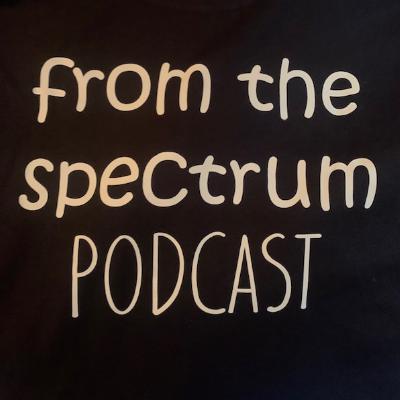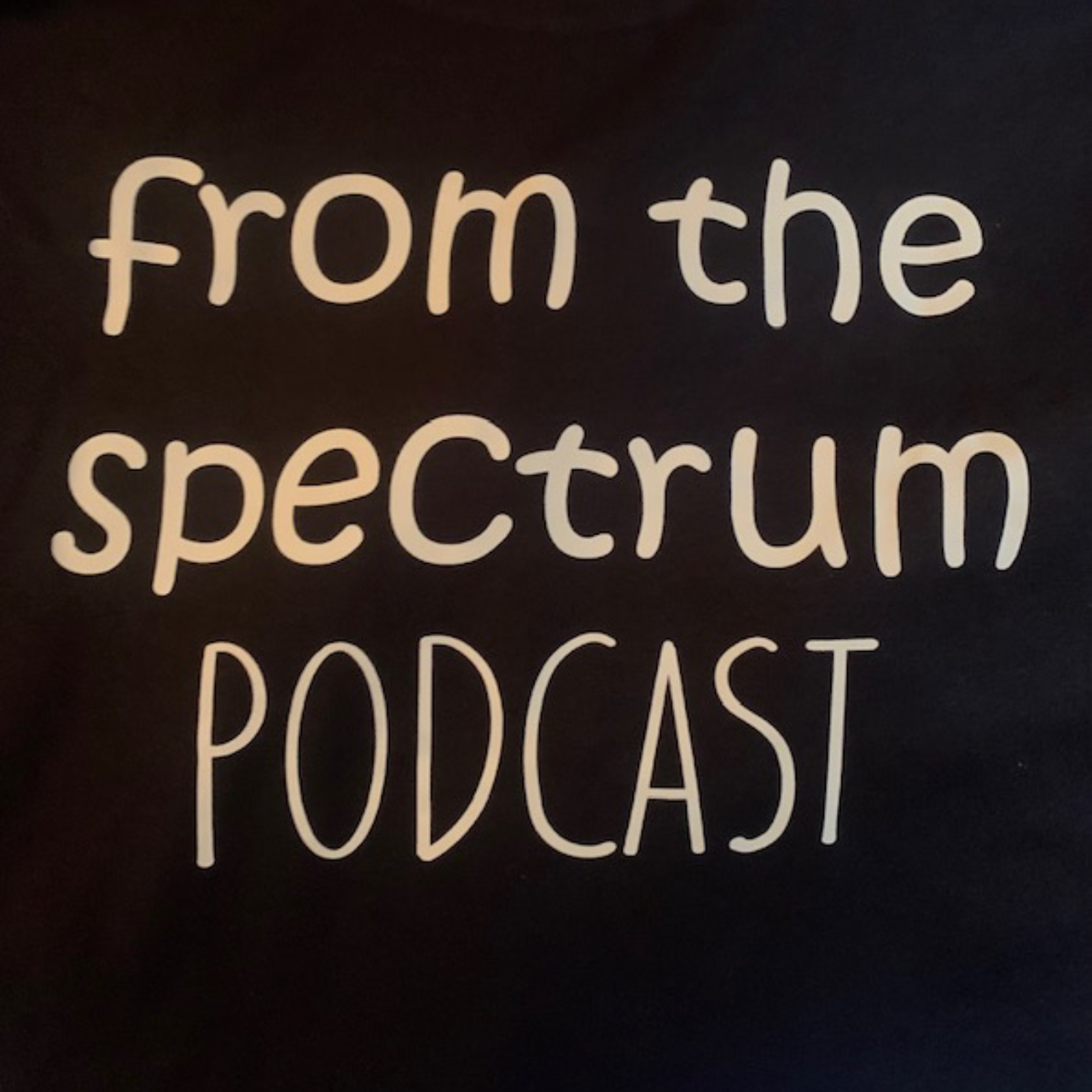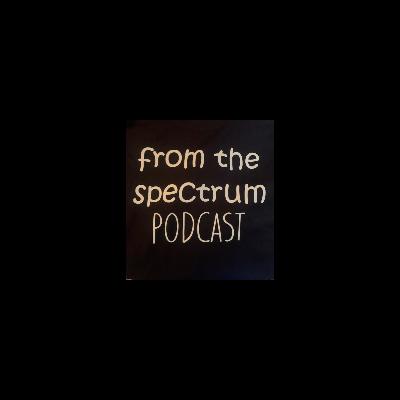Visual Thinking part 2: Machine Learning/AI, Catalogs for Categories, & Accelerated Learning
Description
Today's episode continues with visual thinking. We will learn more about the accelerated learning patterns with visual thinking and the Autistic phenotype. Autistic individuals create detailed mental "catalogs" of images and experiences, much like AI’s data processing. We explore Temple Grandin’s vivid descriptions of thinking in pictures, alongside early observations from Kanner (1943) and Asperger (1944), who noted autistic intelligence in their "little professors." The discussion covers weak central coherence theory & specific details drives exceptional learning but can complicate social interactions and broader contextual understanding.
We will discuss the Autistic brain and machine learning, from pattern recognition to iterative refinement. Enhanced neural connections, like those linking the visual and frontal cortex, enable Autistic individuals to excel in tasks requiring precision, such as spotting subtle differences or memorizing facts. The episode contrasts this unique cognitive style with societal norms, advocating for embracing these strengths.
Frith & Happe Weak Central Coherence https://link.springer.com/article/10.1007/s10803-005-0039-0
Visual Thinking part 1: Neurobiology & Autistic's Intense Inner World https://youtu.be/XqQ8jCvWzYc?si=3cEIm1omi0JUAKSK
Daylight Computer Company
use "autism" for $50 off at
https://buy.daylightcomputer.com/autism
Chroma Light Devices
use "autism" for 10% discount at
https://getchroma.co/?ref=autism
00:00 - Introduction to Visual Thinking; "movies" in the mind, and its impact on learning.
02:02 - Historical Context of Autism References to Leo Kanner (1943) and Hans Asperger (1944) highlight early observations of autistic intelligence, with terms like "little professors" and "autism" (from "autos," meaning self)
04:01 - Social Norms vs. Autistic Phenotype The autistic cognitive style contrasts with societal expectations, which favor fitting individuals into predictable "boxes" for evaluation and acceptance, making social integration and education challenging for autistic individuals.
06:01 - Cataloging and AI Parallels; mental catalogs & specific images or experiences, similar to AI & machine learning, catalogs for categories
08:46 Weak Central Coherence Theory; local, detail-oriented processing over global integration, enabling strengths like spotting hidden shapes
10:28 Enhanced Perceptual Functioning, visual and auditory domains, allowing precise cataloging of sensory details, tasks & precision.
12:02 Anecdotal Person Comparison & Associative Learning
15:30 Pattern Recognition and Detail Focus
18:26 Types of Visual Thinkers
20:36 Neural Connectivity
23:22 Perceptual Learning and Neuroplasticity; Accelerated learning
27:04 AI and Autistic Brain Similarities
33:35 Daylight Computer Company (and Daylight Kids !), use "autism" for $50 discount
35:53 Chroma Light Devices, use "autism" for 10% discount
38:59 Don't underestimate this Autistic Phenotype.
YT: https://www.youtube.com/channel/UCGxEzLKXkjppo3nqmpXpzuA
email: info.fromthespectrum@gmail.com








